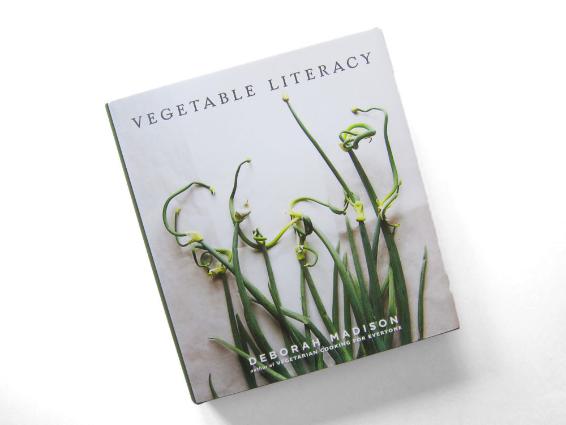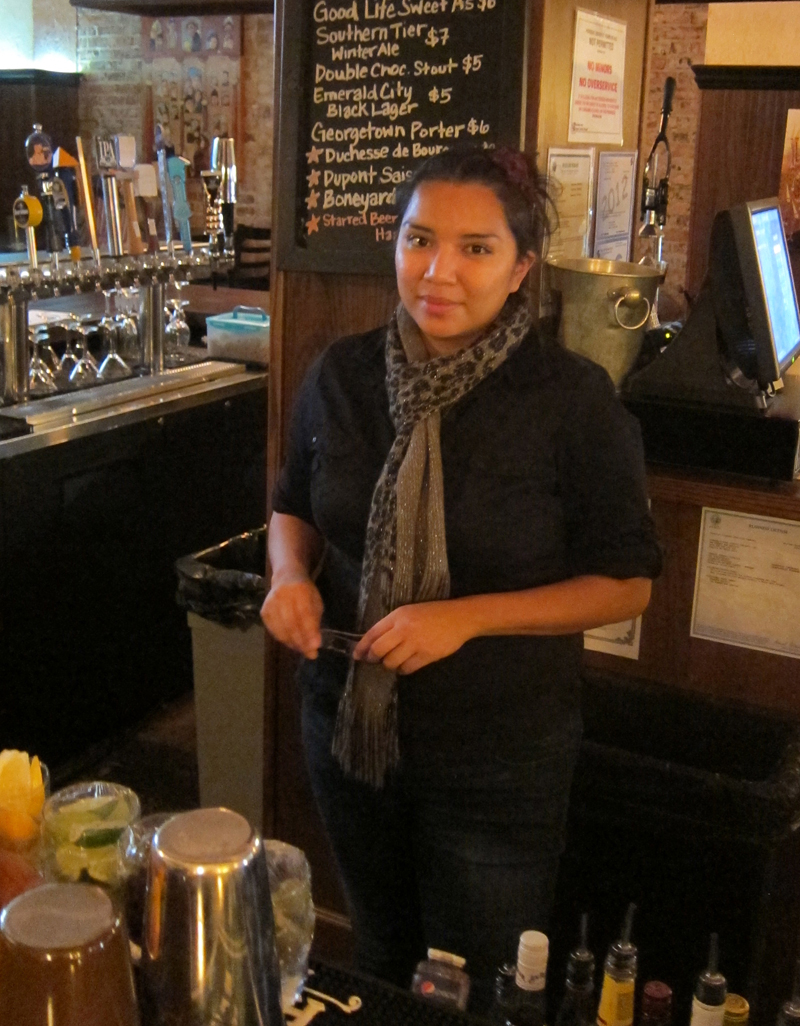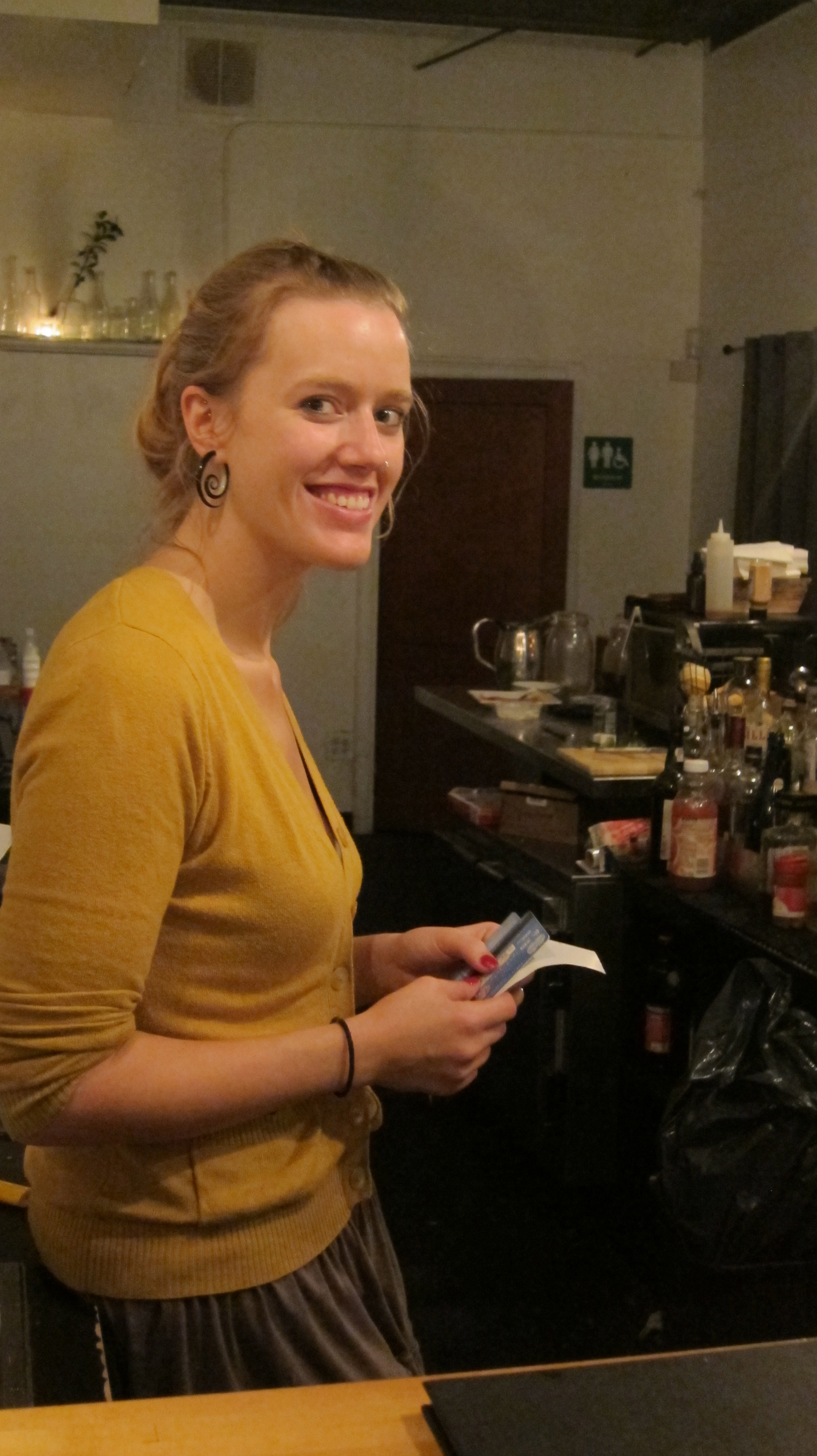Starting the evening with a cocktail is something many Americans are familiar with. What goes into those cocktails–vermouth, Lillet, Campari, and the like–are also worthy of sipping on their own. This family of spirits is known as aperitifs, a French word derived from Latin that means “to open,” and they are a great way to prepare your palate for the meal ahead. “If dinner is sex, then the aperitif is foreplay, an important step that those who have a certain savoir vivre never skip.” This is how Mary Bouron, a Seattle native and Francophile, describes the French custom of drinking an aperitif before dinner. Bouron lives in Paris with her French husband and teaches travelers how to fit in with the French on her blog, How to Marry a Frenchman. Popular French aperitifs include Lillet, vermouth, and pastis. These can be served straight up or on the rocks. Aperitifs often contain less alcohol than spirits, and a bit more than wine. They are always full of flavor–some bitter, some sweet–from herbs and other botanicals. Aperitifs were first introduced in France in the mid-1800s as a way to mask the taste of quinine. French chemist Joseph Dubonnet created a drink to help French troops in North Africa take this important medicine needed for fighting malaria. Dubonnet’s namesake aperitif is a fortified wine that includes herbs, spices, and citrus that give it a sweet flavor with cherry, cardamom, and lemon aromas. Many popular aperitifs are fortified wines–wines that have had a distilled spirit, usually brandy–added to it. These include vermouth, sherry, and port, and names like Lillet, Cocchi Americano, and Pineau des Charentes. Most of these are flavored with proprietary blends of botanicals, herbs, and citrus, which give each a unique taste. Lillet includes Chinchona bark, which contains quinine, while early recipes for vermouth contained wormwood. At Dinette, owner Melissa Nyffeler has had aperitifs on the menu since opening in the fall of 2005. Popular aperitifs at her Capitol Hill bistro include the Port Cocktail–white port served over ice with a dash of tonic and a squeeze of lime. Nyffeler thinks starting a meal with a low-alcohol, flavorful drink “whets the appetite and is often more interesting than a glass of white or rose wine.” Aperitifs are also a popular pre-dinner tradition in Italy, where they are known as aperitivi. One of the most popular aperitivi in Italy is Campari–a distinctively bitter beverage. Said to get its red color from cochineal dye, derived from insects, the recipe is a closely guarded secret. The color is now produced by an artificial dye and the bitter flavor is thought to be derived from cascarilla bark and other bitter herbs. “Aperitivo hour is kind of like happy hour in the U.S.,” says Seattleite Sarah Murdoch, who guides tours in Italy for Edmonds-based travel company Rick Steves’ Europe. She explained that the Italian tradition of an evening stroll–called the passeggiata–allows the perfect opportunity to meet friends at neighborhood cafes for a drink and light snack. Many cafes serve snacks as simple as chips and nuts, or more elaborate spreads including salads and pasta. Buy an aperitivo . . . and snack for free. For Italians, who eat dinner later than we do in the U.S., this is the perfect pre-dinner snack. Long, warm summer nights are the perfect opportunity for adopting this custom in Seattle. Murdoch’s favorite aperitivo? An Aperol Spritz. This refreshing drink, typical to Venice, includes Aperol–a bitter orange aperitif, similar to Campari, but sweeter. Served over ice with some prosecco and soda, it’s traditionally garnished with a green olive and orange wedge. Aperol Spritz1 ½ ounces Aperol2 ounces prosecco or other sparkling wineSplash of soda waterPour the Aperol and prosecco into a highball glass filled with ice. Top with a splash of soda water. Garnish with a orange wedge and green olive skewered on a toothpick. Follow Voracious on Facebook and Twitter.
More Stories From This Author
For 50 years, Zeke’s off US 2 has served delicious burgers
It’s been a popular pit stop in Gold Bar for skiers and hikers, and the same family still runs it.
By
Evan Thompson • June 6, 2019 11:05 am
With ‘Game of Thrones’ ending, it’s time for a proper feast
How to make a meal inspired by the Lannisters’ and Starks’ world, fit for the King in the North.
By
Ben Watanabe • May 15, 2019 1:30 am
Stash Box: 2016-2019
Time to roll one for the road …
By
Meagan Angus • February 26, 2019 3:15 pm







